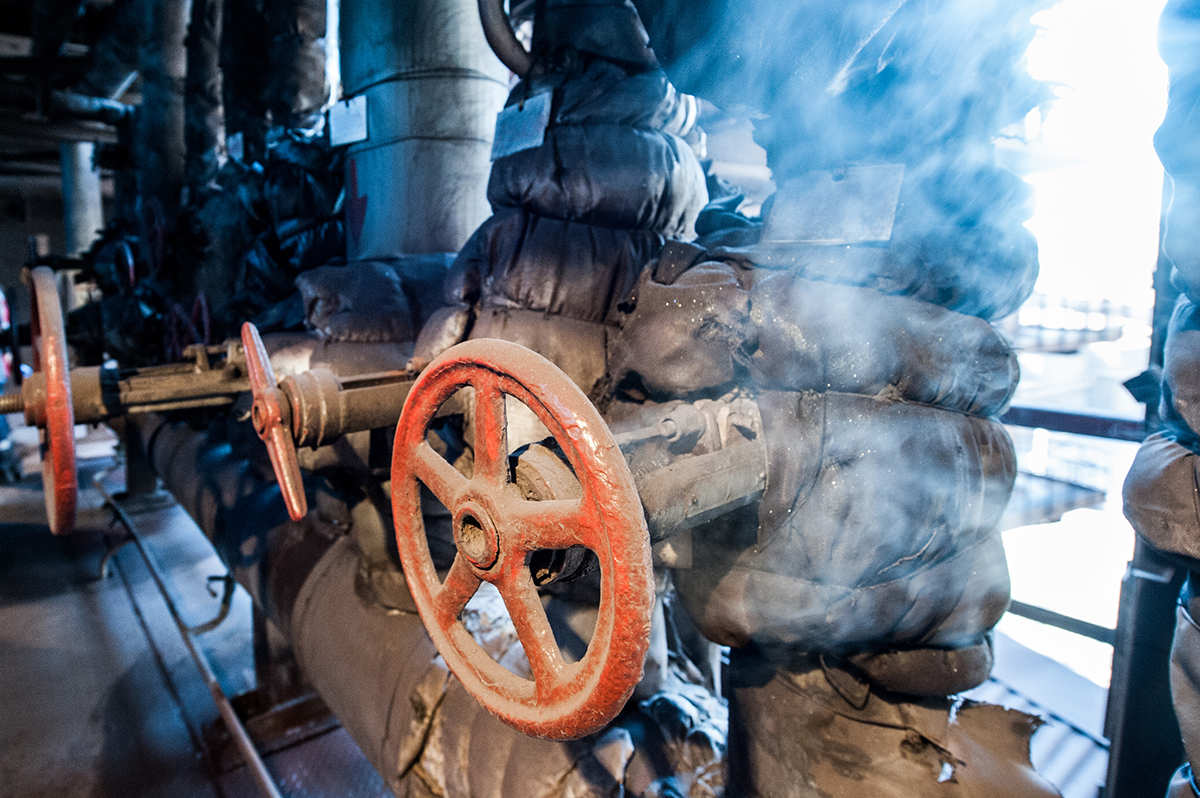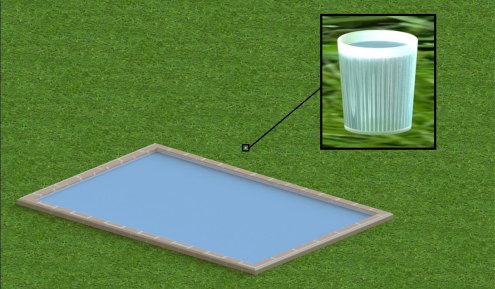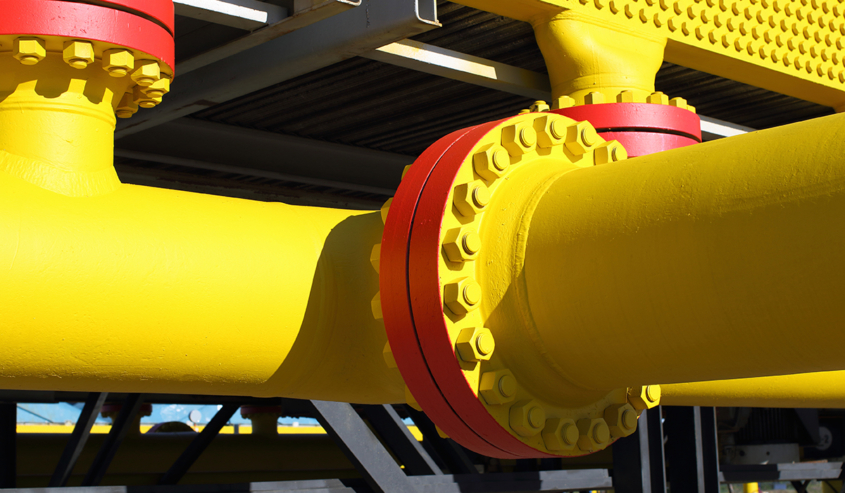The problem of fugitive emissions in the process industry
During a factory start-up, many difficulties arise and are gradually resolved. Once the plant is already in production, other problems may come up without prior notice, such as leaks of very low flow but which are continuous and, over time, affect the efficiency of the installation of interest.
It may occur that, in some of the valves that handle pressurized fluids, vapors or gases escape from the union of the valve bodies or through the stem itself. Sometimes, these leaks are located in some of the flanges of the plant piping layout.

What both leakage points have in common are the gaskets and therefore this will be the aspect to deal with in order to solve this problem that receives such an original name as “Fugitive Emissions (FE)”.
To fully understand this problem, the following table compares the annual loss between two gasket materials (PTFE’s) suitable for steam service. Material “A” is not meeting TA-Luft VDI 2290 certification, unlike material “B” which is. This certification guarantees that the material has a leakage rate below the standard.

The annual leakage of “A” may seem small… but this result is for a single DN 80 gasket. In a medium size installation, adding flanges, valves and seal covers, there can be 400 gaskets DN 80 size and in such a situation, the annual leakage grows up to 220 kg of steam… it’s a steam that is lost with the consequent energy cost and environmental impact.
If instead of steam, the leakage is from an environmentally harmful fluid, then there is a problem of fugitive emissions whose solution is to replace the current gaskets by another of a material that, at least, has a certification of low emissions and ensures a very low loss.
The severity of the problem is accentuated by the cost of the fluid that is being lost. Perhaps, all the above is much easier to understand if you read the result as comparing the water contained in a glass with the one that fits in a garden pool.

The glass (material B) is barely visible because the volume contained is more than 24,000 times smaller than the one in the pool (material A).
If there are still black spots in your installation related to fugitive emissions, do not hesitate to call us and our technicians will analyse the problem in detail.
Finally, the current regulatory framework for fugitive emissions in industrial valves is constituted by the following standards, which define the tests to be performed and their procedures on stem valves and quarter-turn valves.
- ISO 15848-1
- API 622; API 624; API 641
- EPA 40 Parts 60/63; EPA Method 21
- UNE-EN 15446:2008
For stem packings and seals, some current standards, among others, are
- TA Luft
- VDI 2200; VDI 2290; VDI 2440
- SHELL 77/312 Class
- Chevron / Texaco
Regarding sealing solutions for fugitive emissions, in the Epidor SRT product range, we have several options depending on the service conditions.





Leave a Reply
Want to join the discussion?Feel free to contribute!